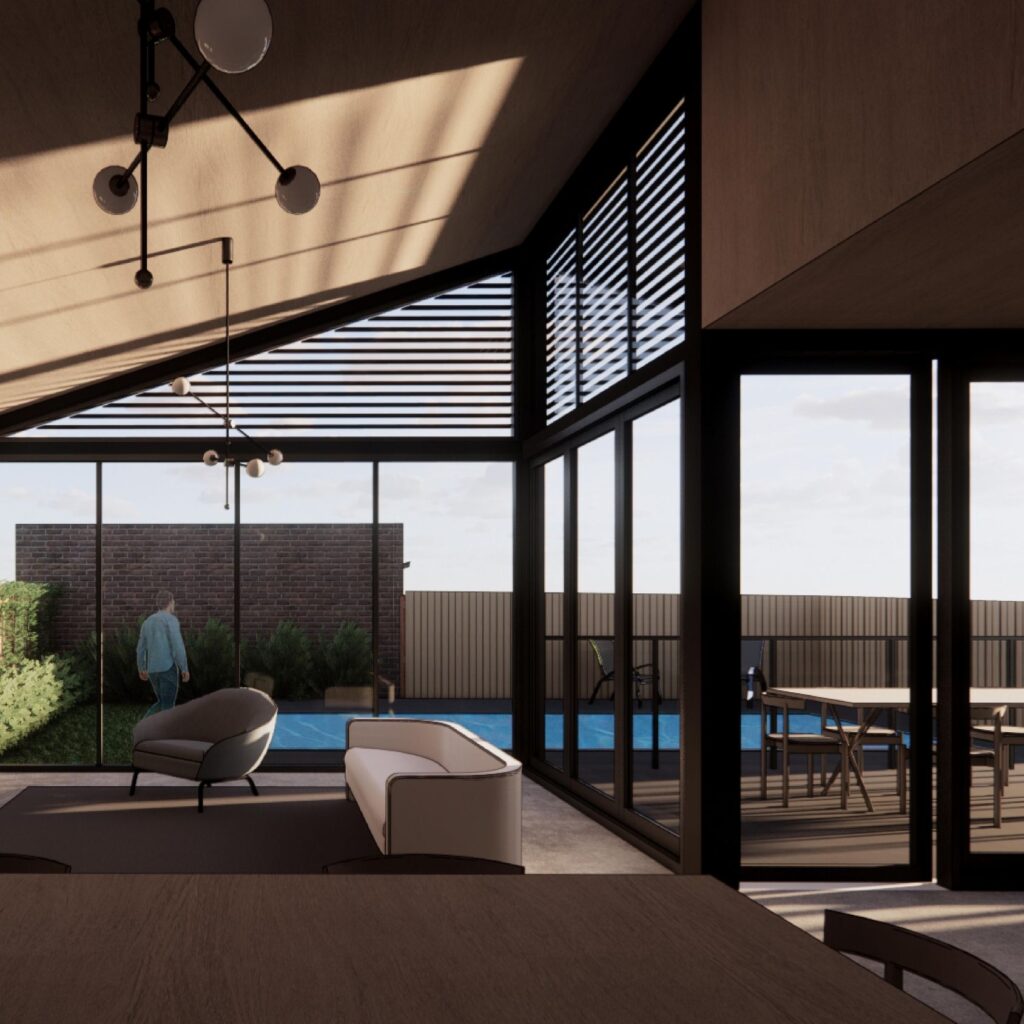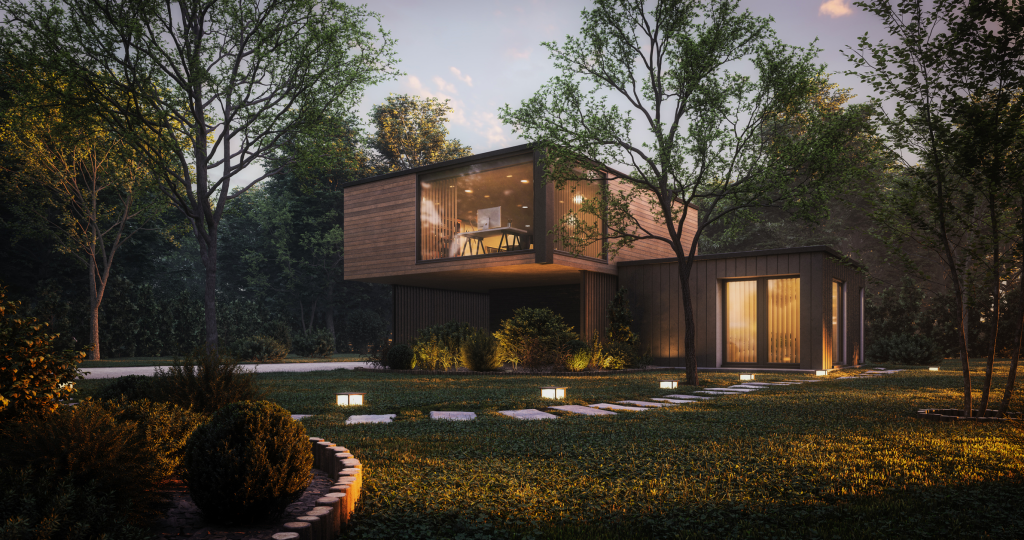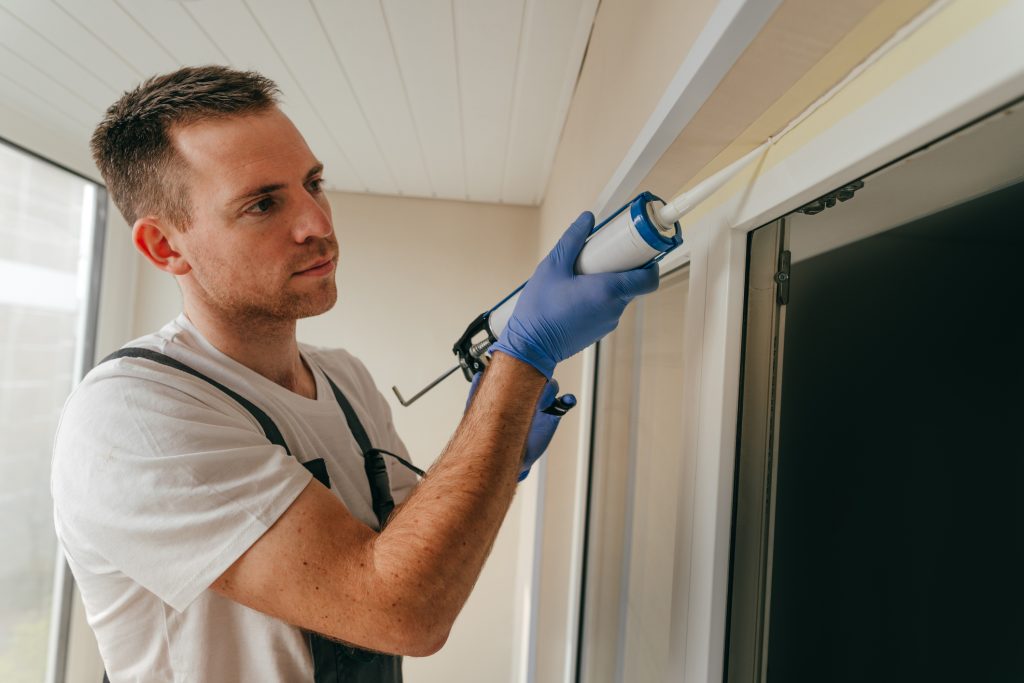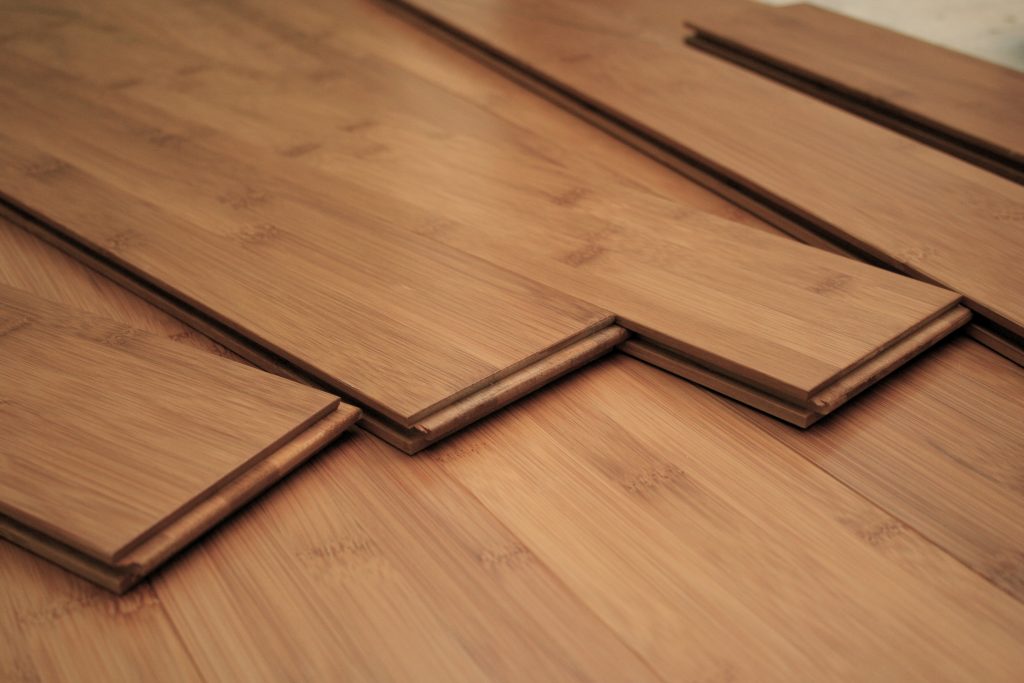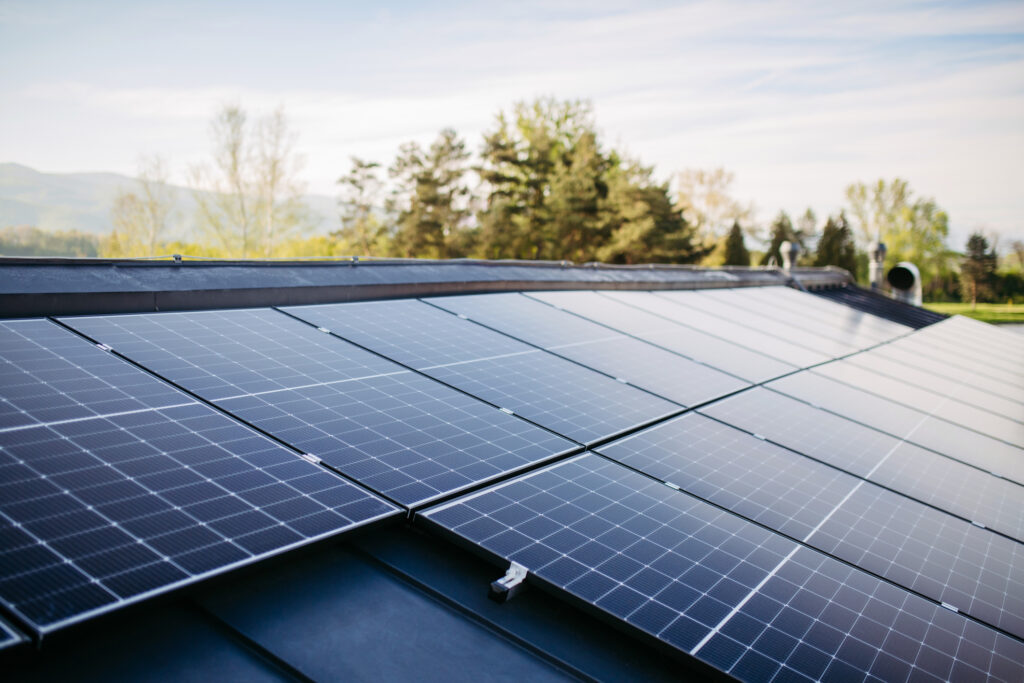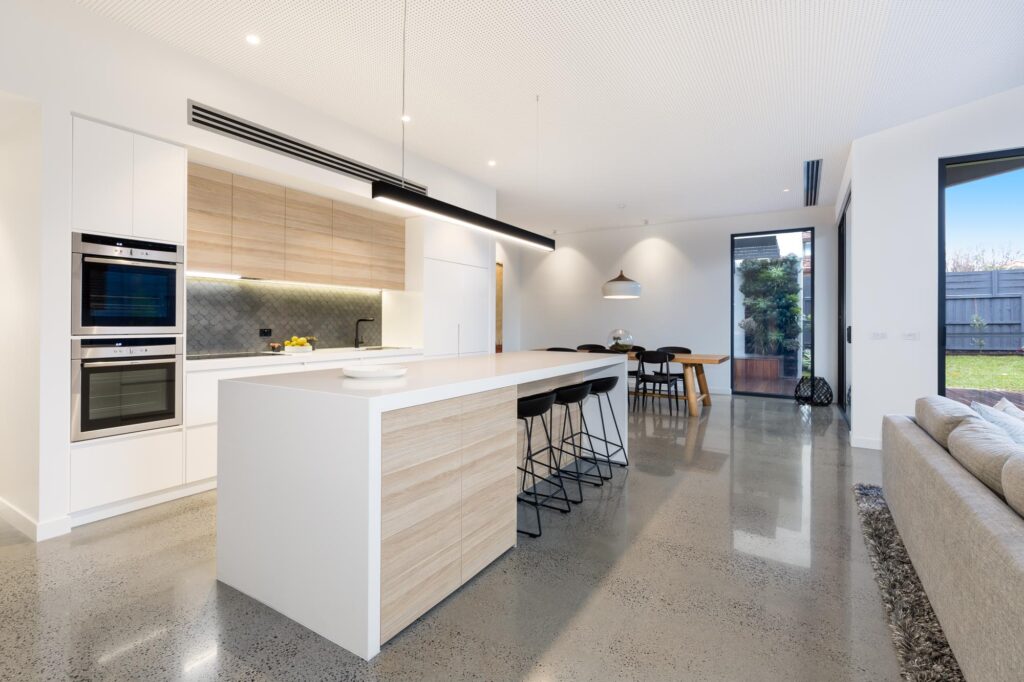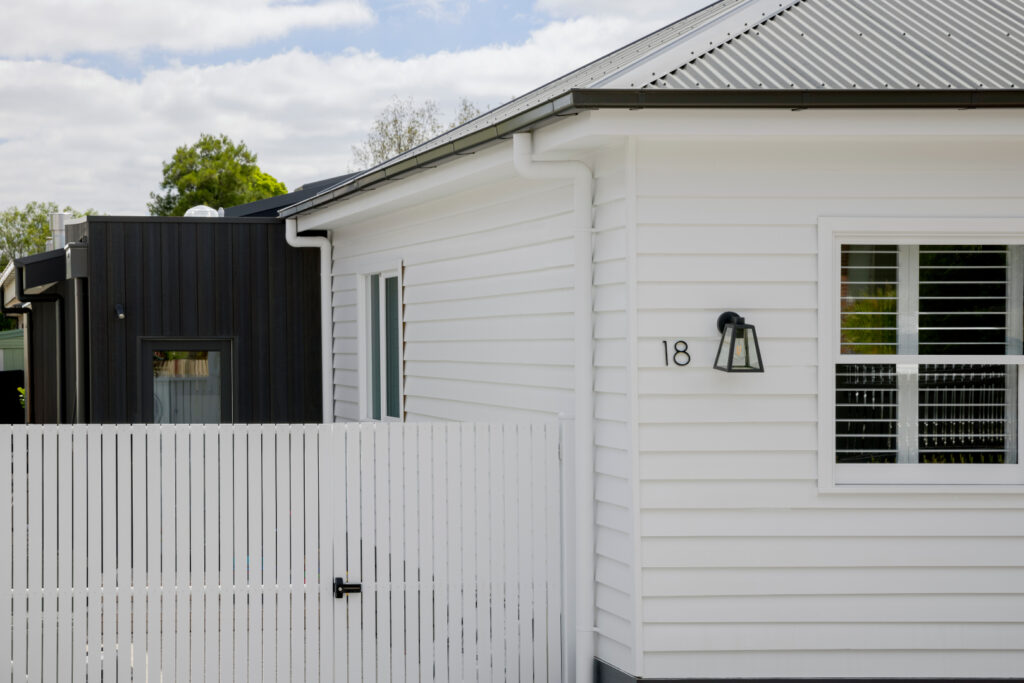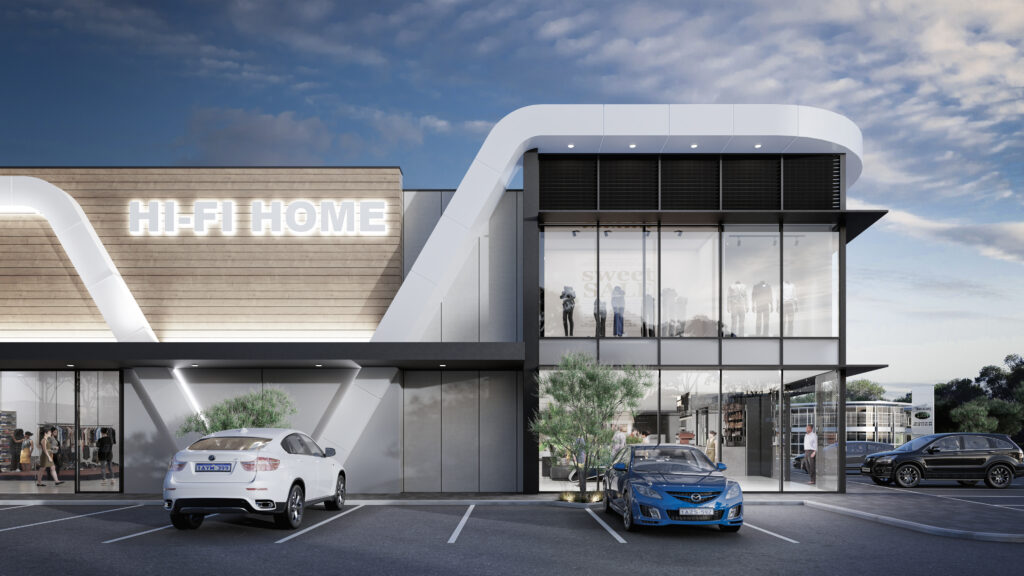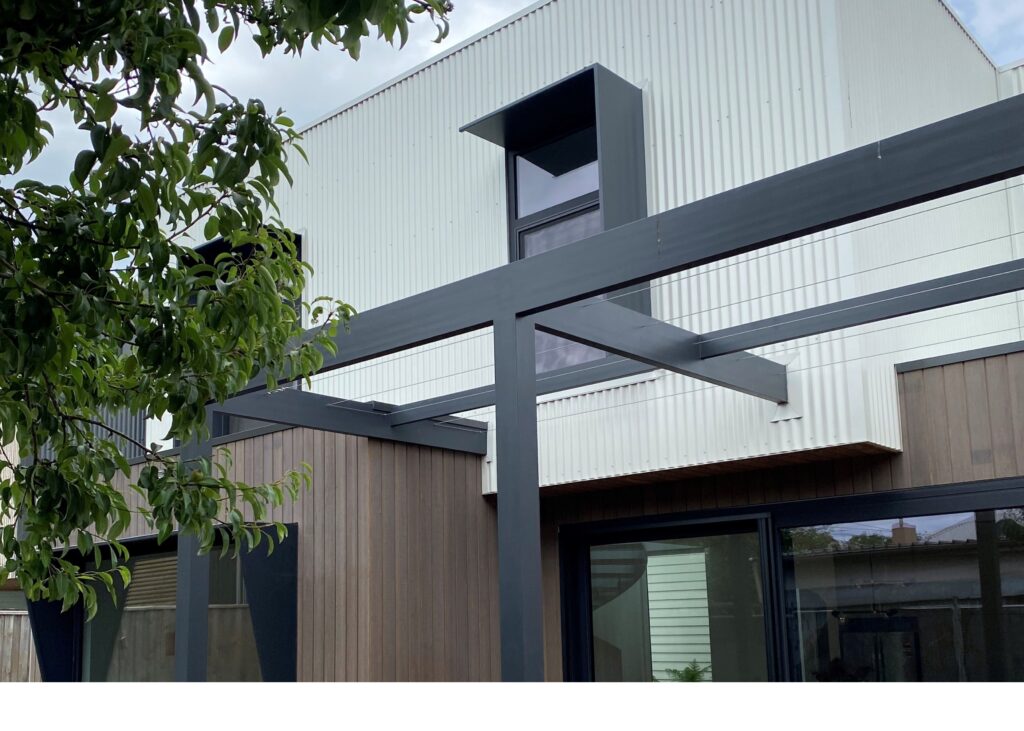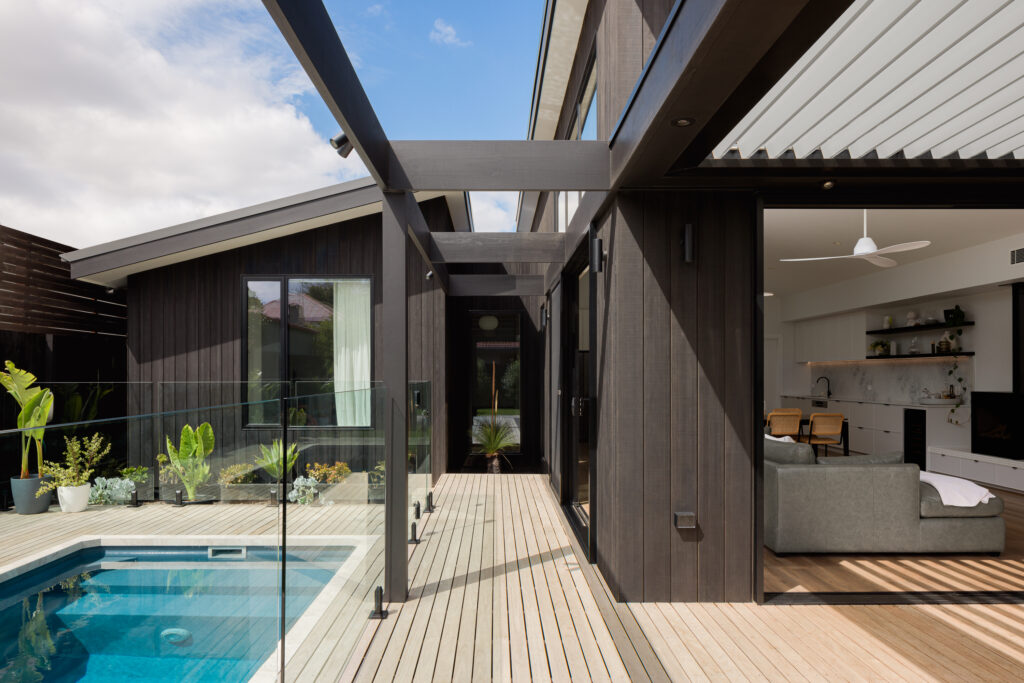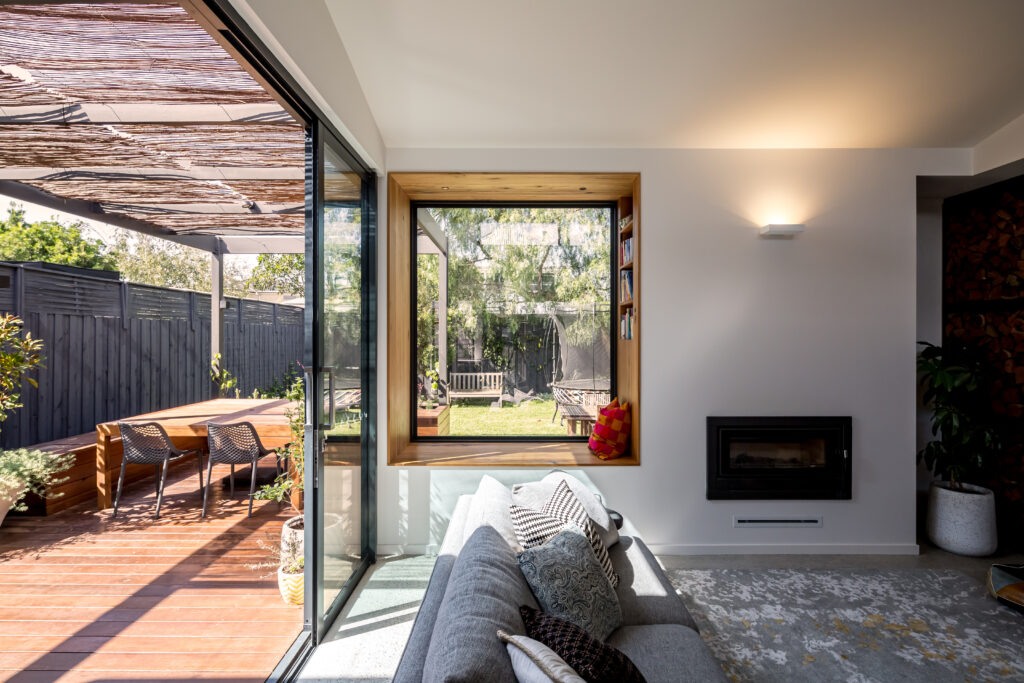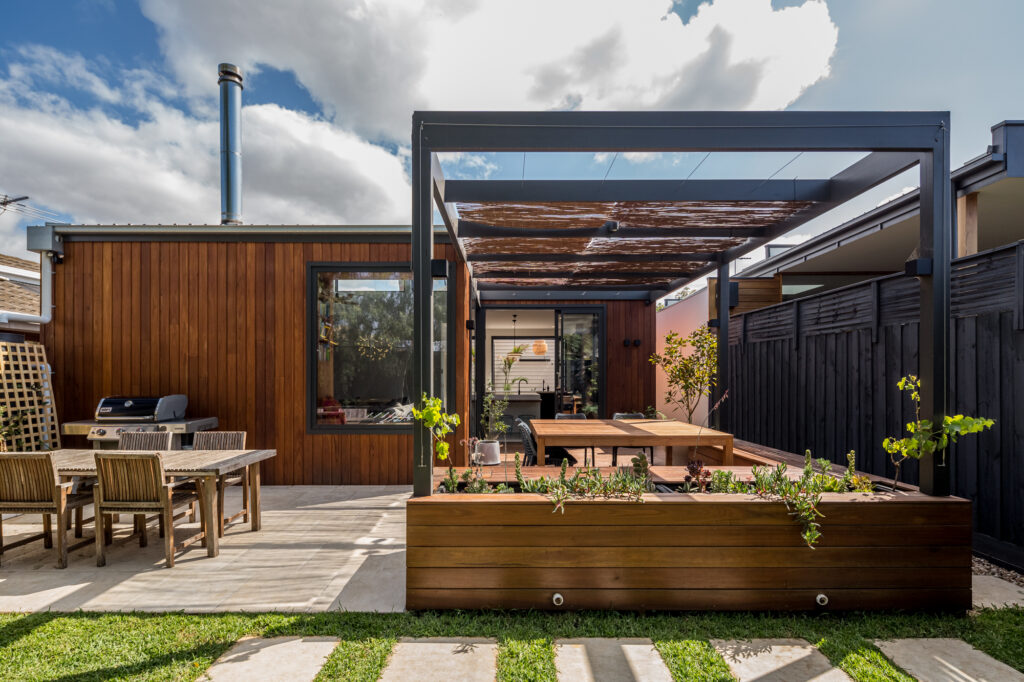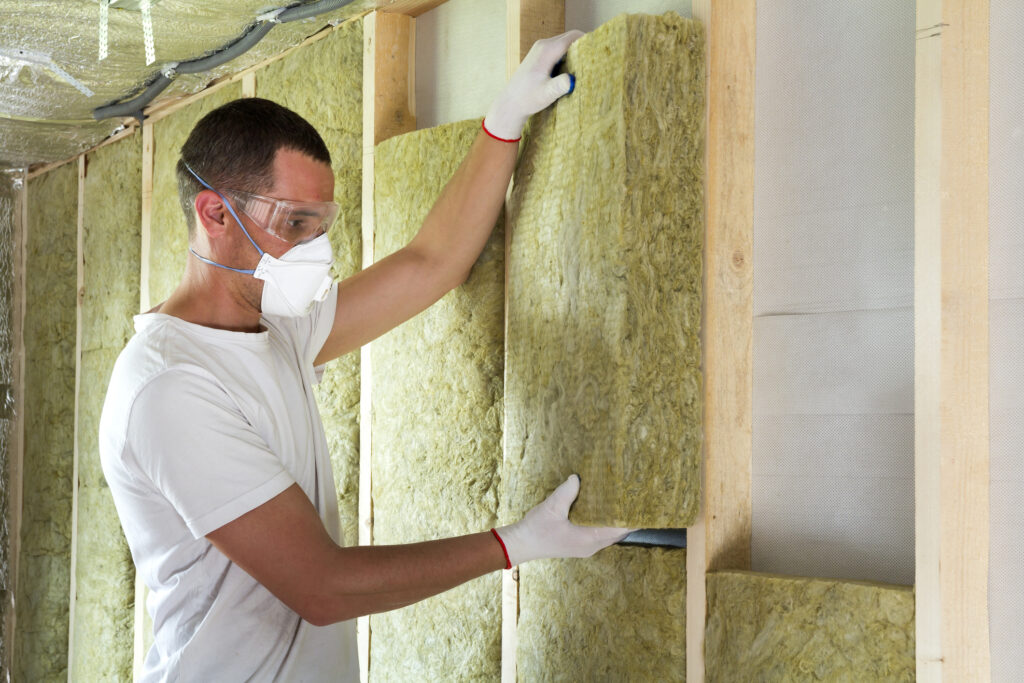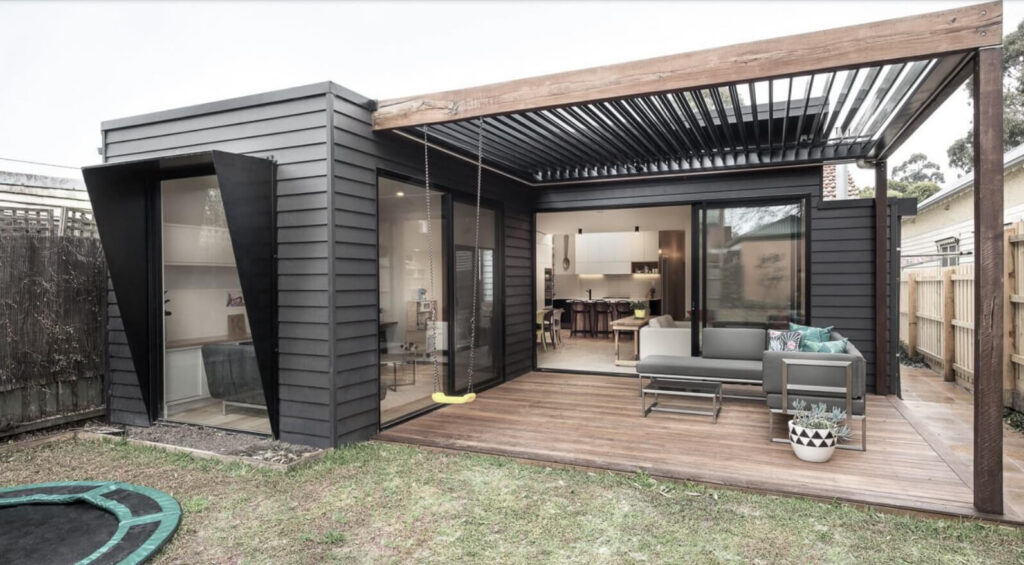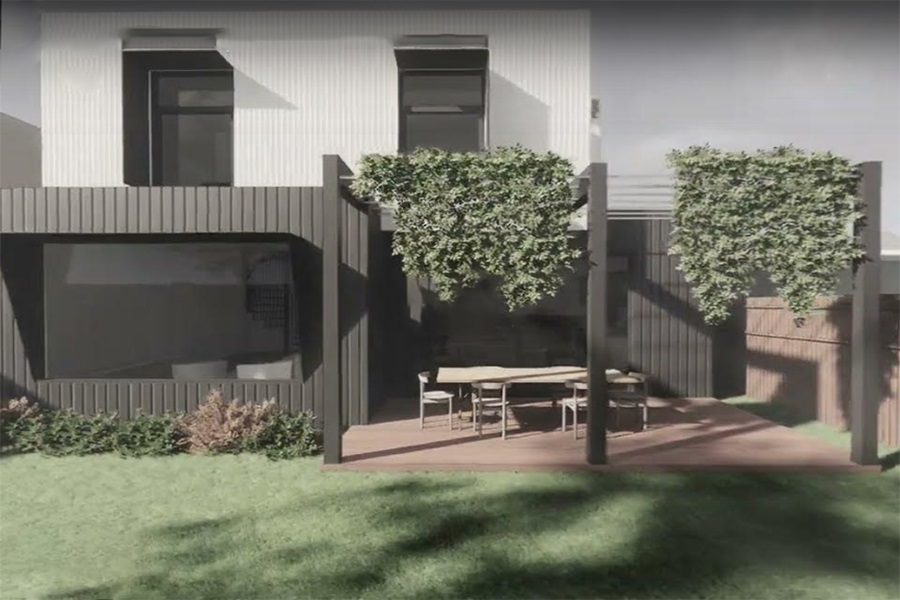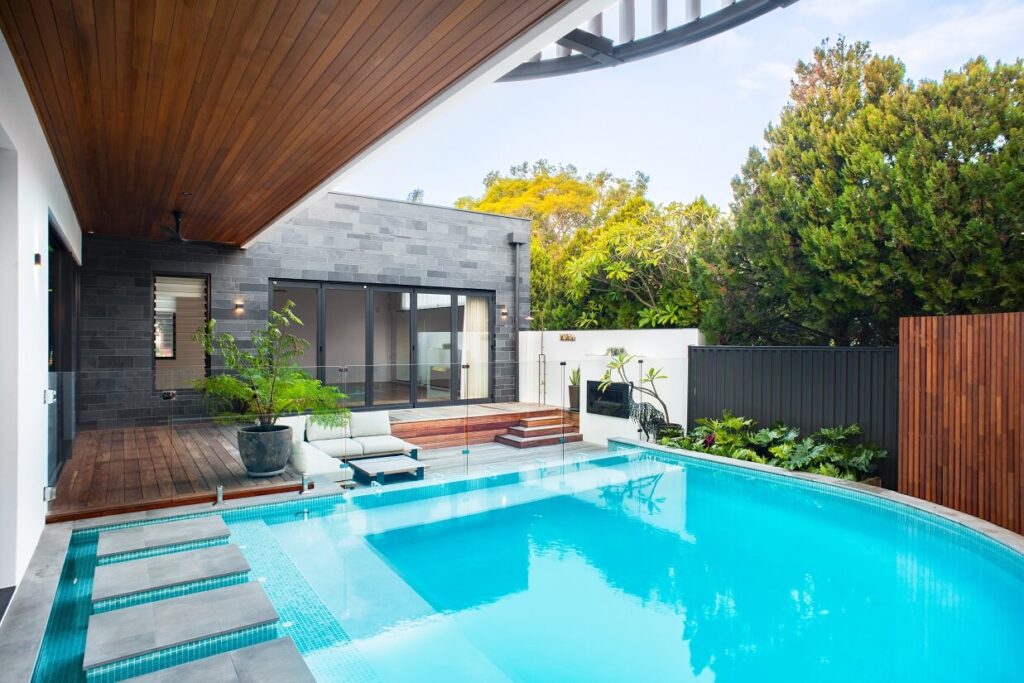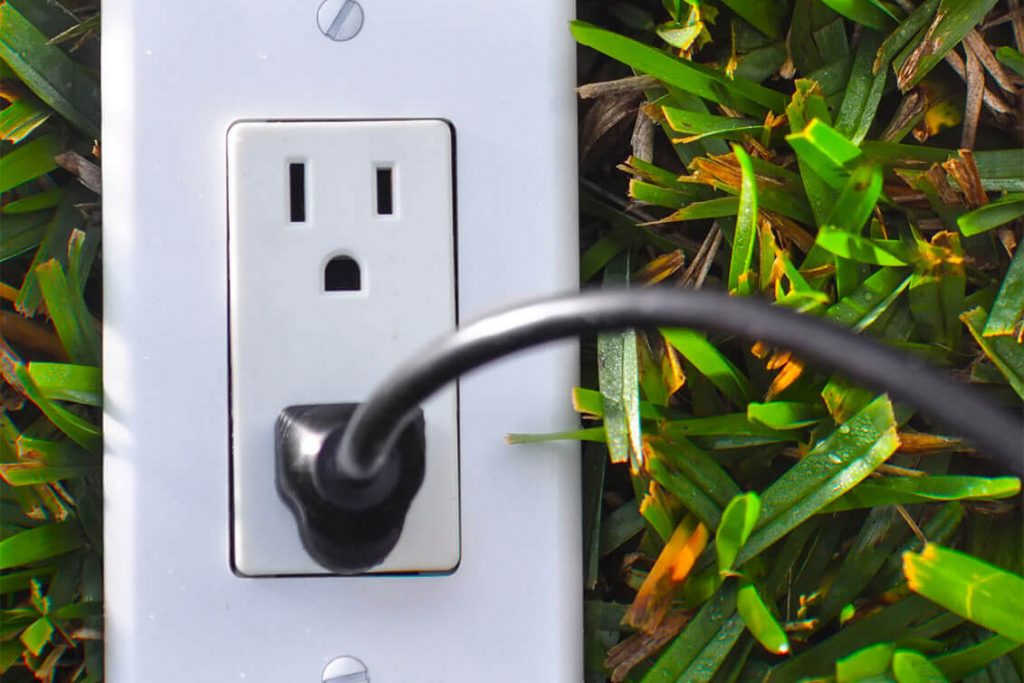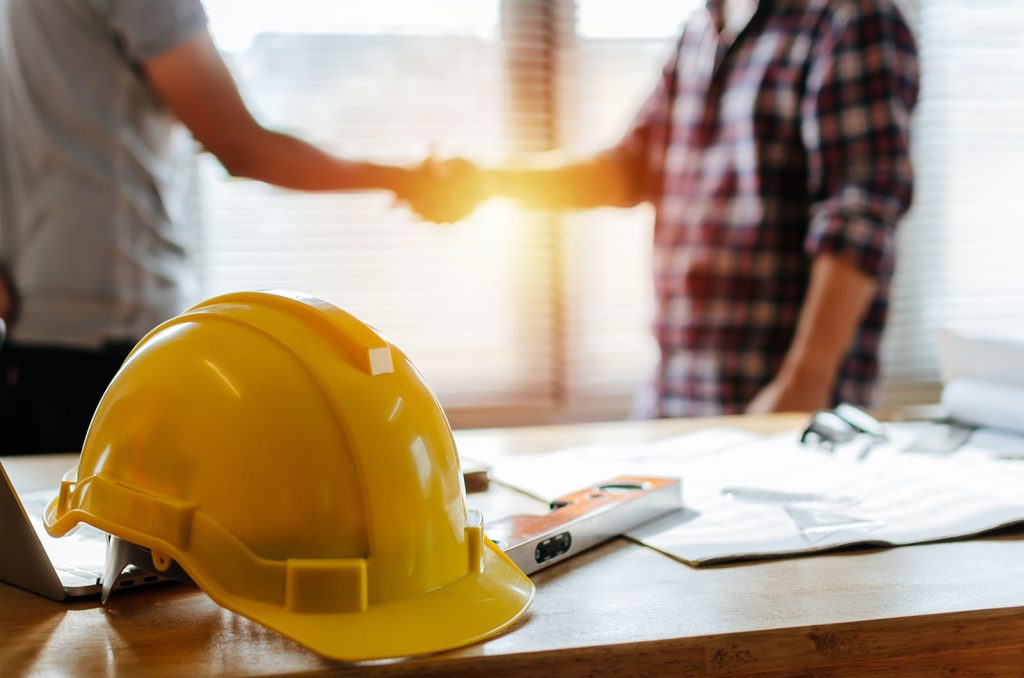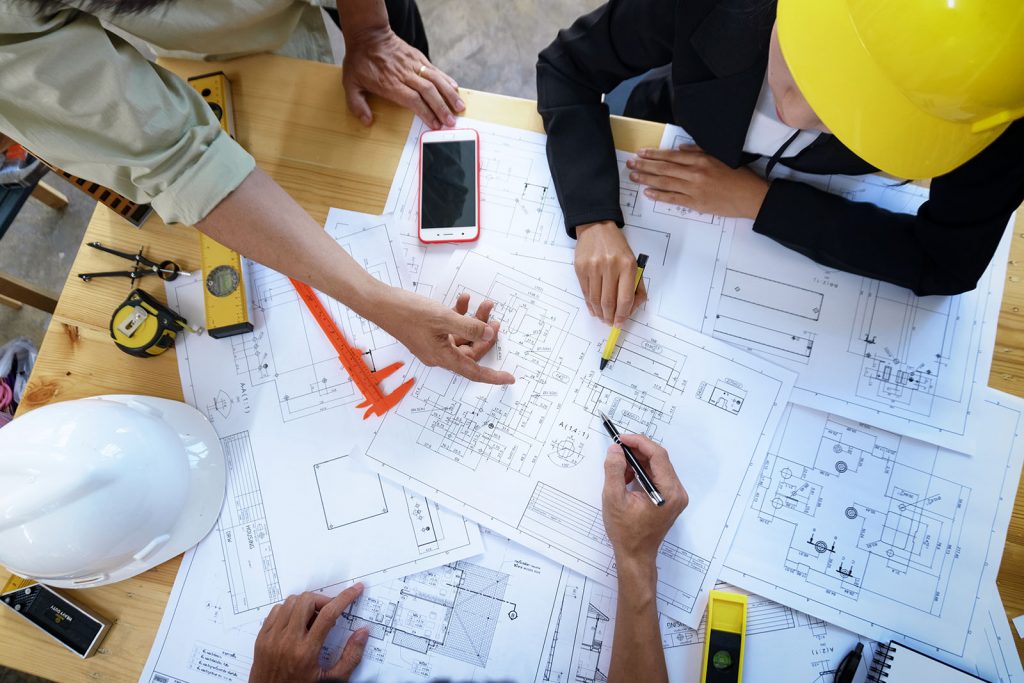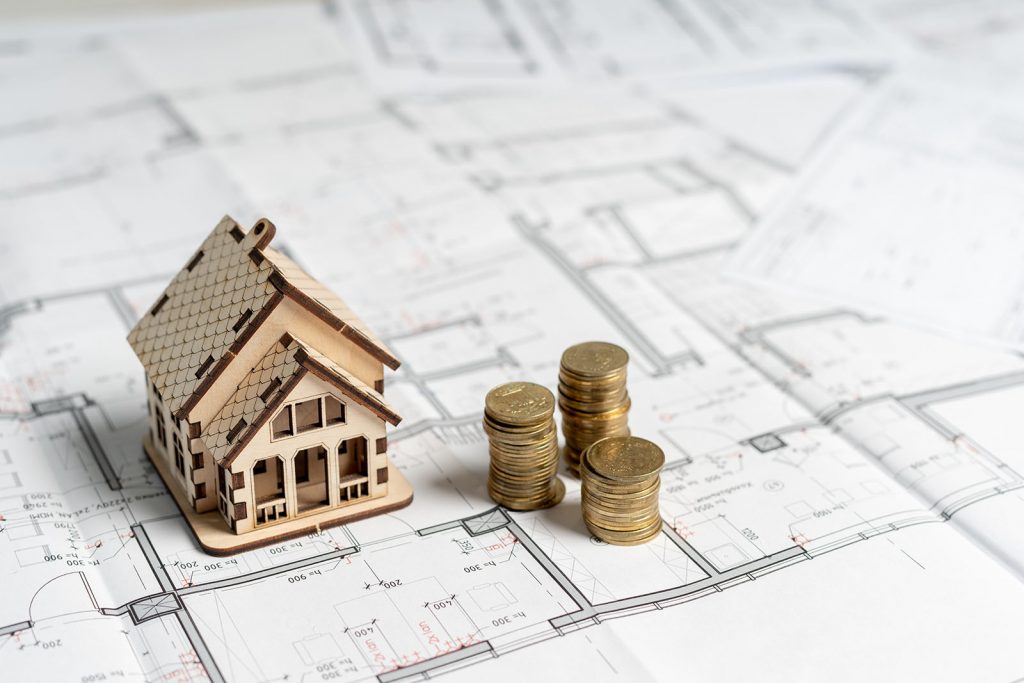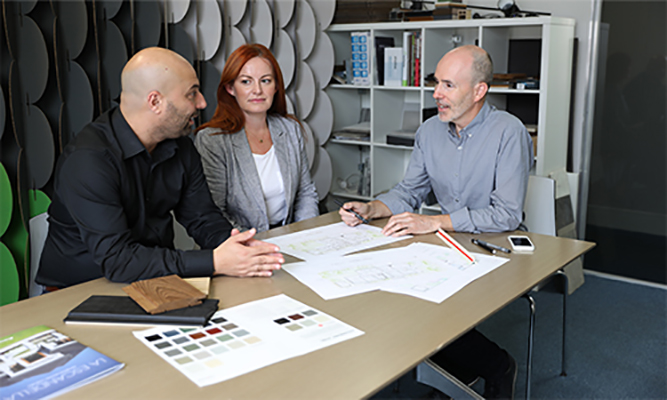In an era where the echoes of environmental responsibility ring louder than ever, one question frequently emerges in the realm of architecture and home design: “What is a sustainable house?” This is not just a passing trend or a buzzword to sprinkle in casual conversations. Instead, it’s a crucial concept that intertwines our lifestyle choices with the enduring health of our planet.
A sustainable house is fundamentally designed with the environment in mind. This involves utilising resources in a way that reduces its carbon footprint and minimises its impact on the natural world. But sustainable housing is not just about being kind to Earth; it’s also about creating spaces that are healthy, energy-efficient, and cost-effective for the people who inhabit them.
The Core Principles of Sustainable House Design
Energy Efficiency
At the heart of a sustainable house is the idea of reducing energy consumption. Furthermore, according to a blog by Schneider Electric, energy efficiency can relate to the home’s fabric by reducing and optimising energy consumption. This is achieved by passive methods such as insulation and specified solutions, for instance through solar panel installations, using energy-efficient appliances, and incorporating smart home technologies that manage energy use more effectively.
Water Conservation
Water, a precious resource, demands careful management in sustainable homes. According to an article by Greenly, water conservation is the effort to reduce water wastage, optimise its use, and preserve its availability. Water conservation recognizes the inherent value of water and involves taking active steps to protect this vital resource. This includes installing low-flow fixtures, rainwater harvesting systems, and even greywater recycling.
“No water, no life. No blue, no green.” – Dr. Sylvia Earle, an American Marine Biologist
Use of Sustainable Materials
The choice of materials plays a pivotal role. Sustainable homes often use recycled, locally sourced, or renewable materials. This not only lessens the environmental impact but also often results in more durable and health-conscious living spaces.
Indoor Environmental Quality
A sustainable home is also about creating a healthy interior environment. This means good ventilation, use of non-toxic materials, and plenty of natural light.
Waste Reduction
During construction and throughout its lifecycle, a sustainable house focuses on minimising waste. This could involve designing for longevity and adaptability or implementing composting and recycling systems.
“The fact of the matter is our homes are on the frontlines when it comes to protecting and conserving our critical water resources – more than that, they are also key to protecting our health.” – Philippe Cousteau Jr., an American Oceanographer and Environmental Activist
Sustainable Houses in Practice
In reality, sustainable houses come in all shapes and sizes. They range from tiny homes that embody the ethos of minimalism and low-impact living to larger, technologically advanced properties that leverage every modern tool at their disposal to achieve sustainability goals.
The beauty of sustainable houses lies in their diversity and adaptability. They reflect not only the environmental ethos of their builders and inhabitants but also their unique aesthetic and functional needs. Whether it’s a house that seamlessly blends into a rural landscape or a modern abode in an urban setting, each sustainable house carries its narrative of eco-responsibility.
The Benefits of Going Sustainable
The advantages of a sustainable house extend far beyond just feeling good about helping the planet. They are often more economical in the long run due to lower utility bills. There’s also the aspect of health benefits, as sustainable houses typically have better air quality and more natural lighting. Moreover, they can offer a higher resale value, thanks to their modern, energy-efficient features and growing market demand.
The Role of Technology in Sustainable Houses
Technological advancements play a crucial role in making sustainable houses more accessible and effective. From high-efficiency solar panels and smart thermostats to innovative insulation materials, technology is continuously pushing the boundaries of what’s possible in sustainable housing.
Mesh Design Projects: Weaving Sustainability into Home Design
In Melbourne, a city known for its vibrant culture and forward-thinking population, sustainable house design is not just a trend but a way of life. Companies like Mesh Design Projects are at the forefront of this movement. Specialising in contemporary, energy-efficient homes that suit the inner-Melbourne lifestyle, we focus on creating houses that are as sustainable as they are stylish.
Mesh Design Projects understands that sustainable house design is not a one-size-fits-all solution. Each project is a unique blend of the client’s vision, innovative design, and sustainable practices. From initial concept designs to construction documentation, and even council approval, our team is dedicated to turning your dream of a sustainable home into a reality. Our commitment to functional, innovative, and cost-effective solutions makes us an ideal partner in your journey towards a more sustainable living space.
Ready to embark on your journey towards sustainable living? Schedule a free consultation with Mesh Design Projects and take the first step in creating a home that’s not just a place to live, but a testament to your commitment to a sustainable future.
FAQs
What Is a Sustainable House?
A sustainable house is designed with environmental responsibility in mind. It uses resources efficiently, minimises carbon footprint, and focuses on reducing energy and water usage. Sustainable homes often incorporate recycled or renewable materials and prioritise indoor environmental quality.
How Does Energy Efficiency Contribute to a Sustainable House?
Energy efficiency is key in sustainable houses. It involves using energy-efficient appliances, incorporating smart home technologies, and often includes solar panels to reduce reliance on non-renewable energy sources, thereby lowering energy costs and environmental impact.
What Role Does Water Conservation Play in Sustainable Houses?
Water conservation in sustainable houses involves installing low-flow fixtures, setting up rainwater harvesting systems, and recycling greywater. This reduces water wastage and ensures efficient use of this precious resource.
Why Are Sustainable Materials Important in House Design?
Sustainable materials, like recycled or locally sourced products, are important as they have a lower environmental impact. They are often more durable and contribute to a healthier living environment, reducing the house’s ecological footprint.
How Do Sustainable Houses Promote Healthier Living Spaces?
Sustainable houses promote healthier living through non-toxic materials, good ventilation, and natural lighting. This enhances indoor air quality and reduces the risk of health issues associated with pollutants and poor air circulation.
Can Sustainable Houses Be Cost-Effective?
Yes, sustainable houses can be cost-effective. Although the initial investment might be higher, they save money in the long run through lower utility bills, less maintenance, and potential tax incentives for eco-friendly practices.
What Technological Advances Help in Building Sustainable Houses?
Technological advances like high-efficiency solar panels, smart thermostats, and innovative insulation materials are crucial in sustainable house construction. They make homes more energy-efficient, comfortable, and environmentally friendly.
How Do Sustainable Houses Impact Resale Value?
Sustainable houses often have a higher resale value. They are increasingly in demand due to their modern features, energy efficiency, and lower environmental impact, making them attractive investments for eco-conscious buyers.
Interested in making your dream of a sustainable home a reality? Mesh Design Projects is here to guide you every step of the way. Schedule your free consultation and start your journey towards eco-friendly living now!
